The aircraft flew for the first time on 1 April 1940. Engine cooling problems arose in the initial flights, resulting in modification to the oil cooling ducts. Further modifications were made to the prototype including reduction in the height of the cockpit canopy, revising the armament installation to four 0.5 in (12.7 mm) machine guns in place of the cannon, redesign of the engine nacelles, adding spinners to the propellers, and extending the fuselage forward of the wing. These changes were completed on 15 July 1941.
Testing by Grumman test pilot "Connie" Converse indicated "the flying qualities for the XF5F-1 were good overall. The counter-rotating props were a nice feature, virtually eliminating the torque effect on takeoff ... single-engine performance was good, rudder forces tended to be high in single engine configuration. Spin recovery was positive but elevator forces required for recovery were unusually high. All acrobatics were easily performed, and of course forward visibility was excellent."
In 1941, Navy pilots tested the XF5F-1 in a fly-off against the Supermarine Spitfire, Hawker Hurricane, Curtiss P-40 Warhawk, Bell P-39 Airacobra, Bell XFL Airabonita, Vought XF4U Corsair, Grumman F4F Wildcat, and Brewster F2A Buffalo.
LCDR Crommelin, in charge of the test, stated in a 1985 letter to George Skurla, Grumman president, "for instance, I remember testing the XF5F against the XF4U on climb to the 10,000 foot level. I pulled away from the Corsair so fast I thought he was having engine trouble. The F5F was a carrier pilot's dream, as opposite rotating propellers eliminated all torque and you had no large engine up front to look around to see the LSO (landing signal officer) ... The analysis of all the data definitely favored the F5F, and the Spitfire came in a distant second. ... ADM Towers told me that securing spare parts ... and other particulars which compounded the difficulty of building the twin-engine fighter, had ruled out the Skyrocket and that the Bureau had settled on the Wildcat for mass production."
Additional changes were needed after further flight tests that were not completed until 15 January 1942. In the meantime, Grumman began work on a more advanced twin-engine shipboard fighter, the XF7F-1, and further testing with the XF5F-1 supported the development of the newer design. The prototype continued to be used in various tests, although plagued by various landing gear problems, until it was struck from the list of active aircraft after it made a belly landing on 11 December 1944.
options:
AG2 folds wings
Specifications
Spotlights
- AeroEngineering 8.1 years ago
- DerVito 8.1 years ago
- TornadoRUS 8.1 years ago
General Characteristics
- Created On Android
- Wingspan 44.1ft (13.4m)
- Length 35.5ft (10.8m)
- Height 11.7ft (3.6m)
- Empty Weight 7,625lbs (3,458kg)
- Loaded Weight 8,388lbs (3,805kg)
Performance
- Horse Power/Weight Ratio 1.192
- Wing Loading 35.6lbs/ft2 (173.7kg/m2)
- Wing Area 235.8ft2 (21.9m2)
- Drag Points 9871
Parts
- Number of Parts 248
- Control Surfaces 6
- Performance Cost 839

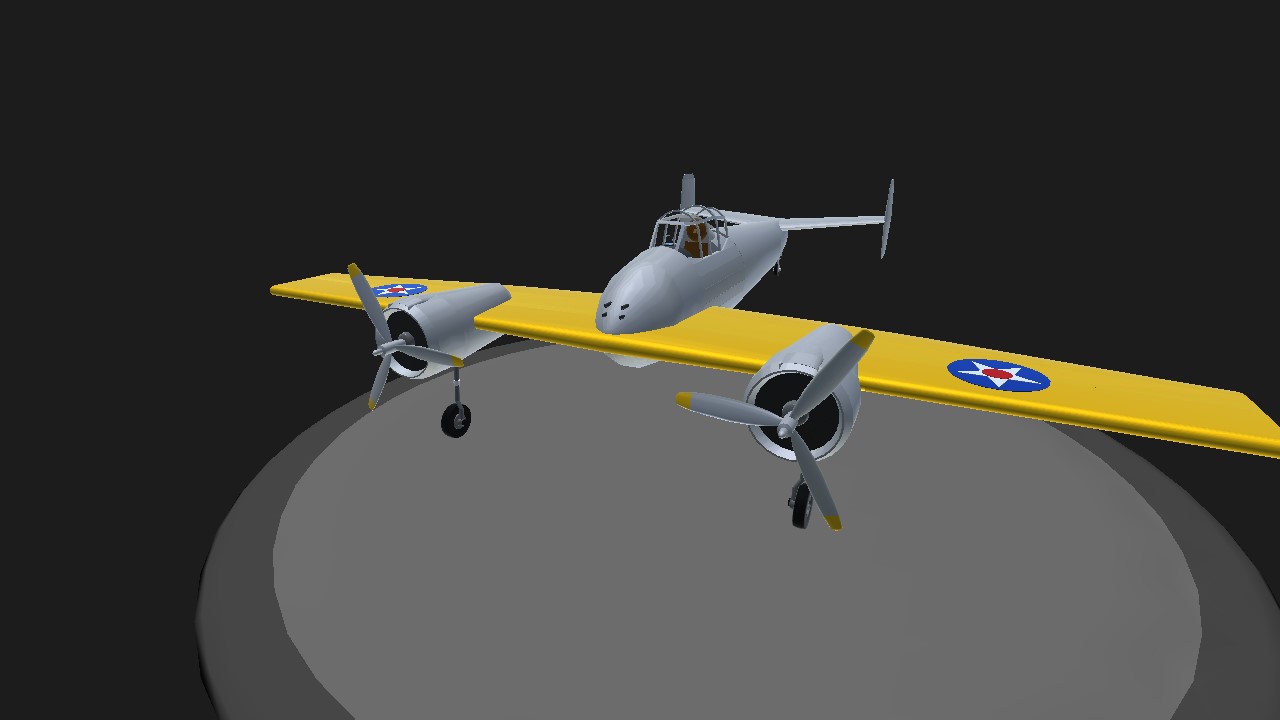
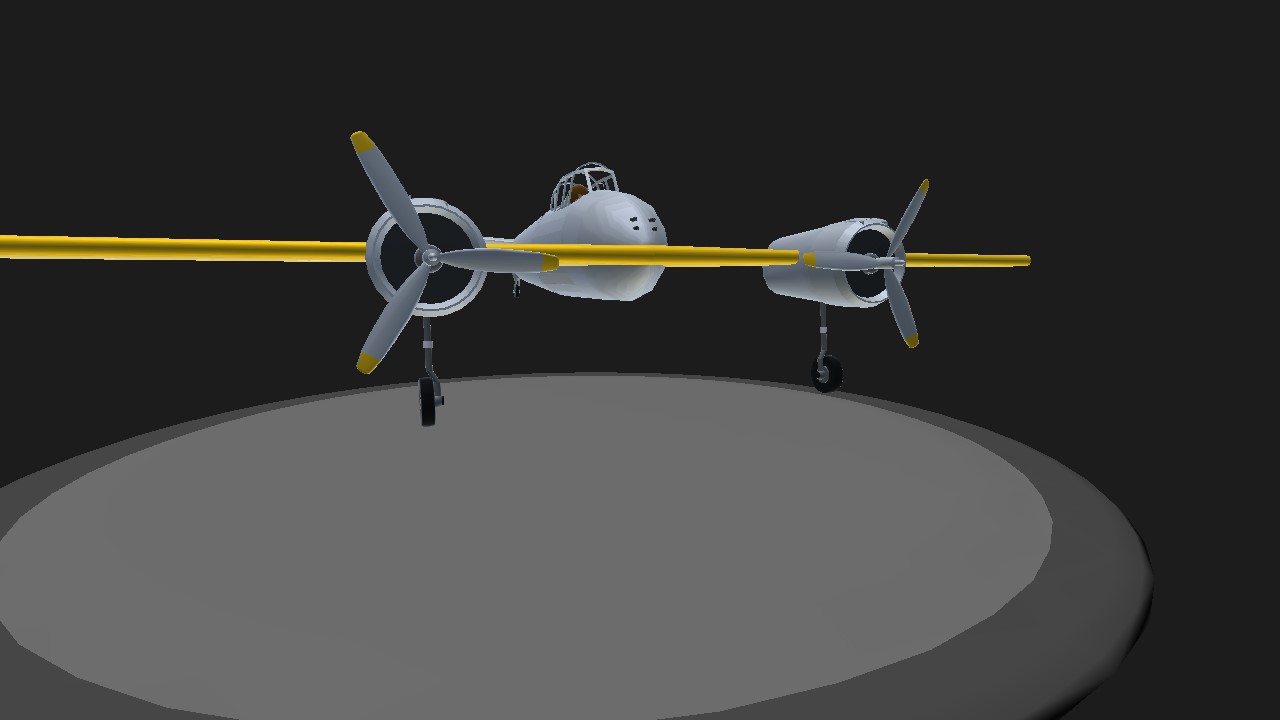
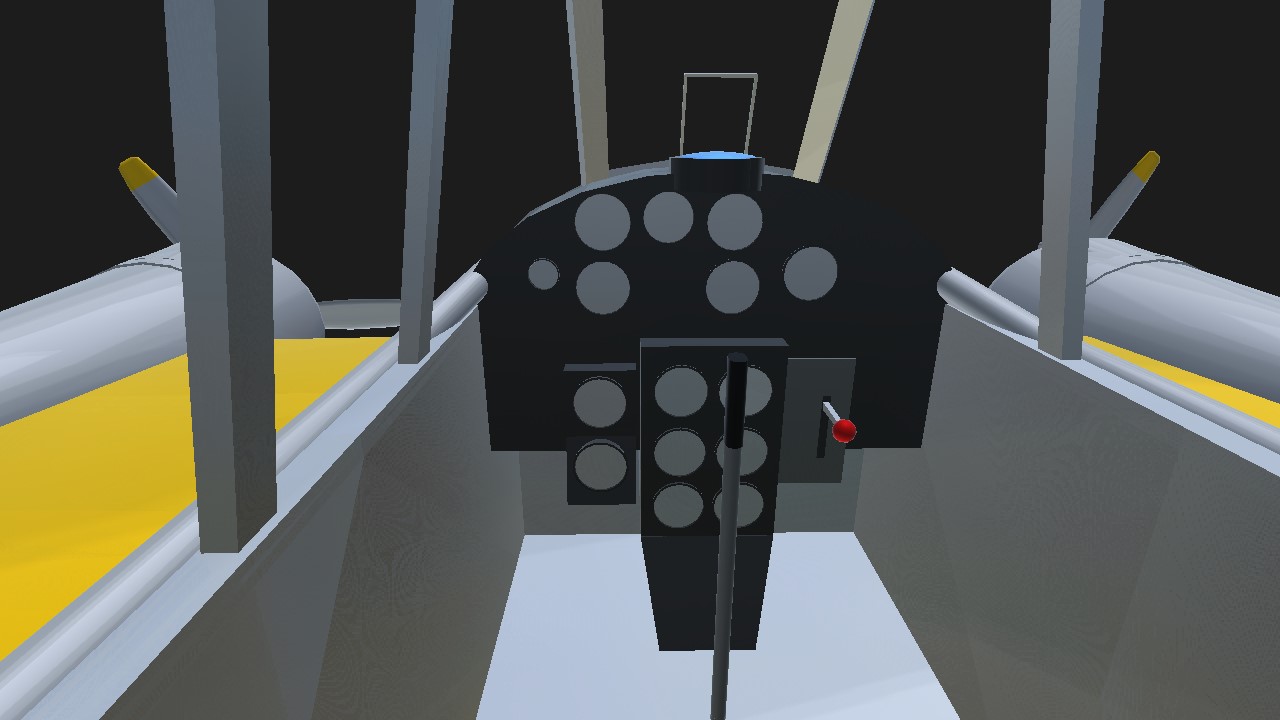
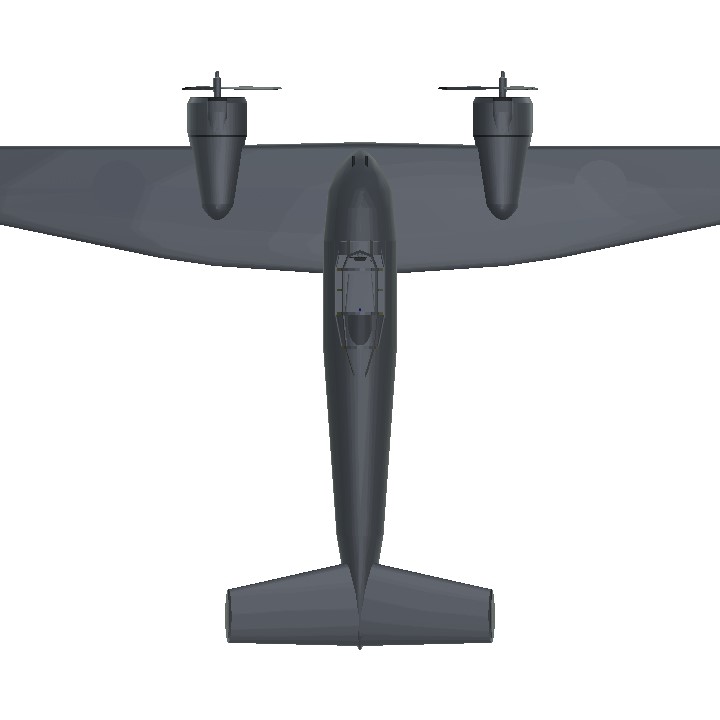
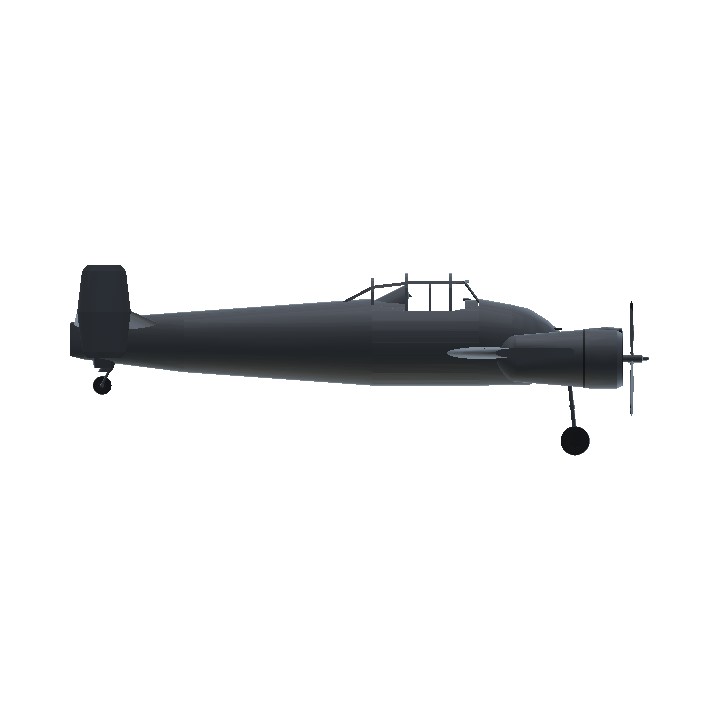

@Tapak Nice work. Your design is simple, but it looks good. Unfortunately, I cant currently download and test, but as mentioned above, it looks amazing through the screenshots. I went and took a look through your profile, and I see some potential in you. If you need help with a design or building something, tag me. Id be glad to take someone like you under my wing.